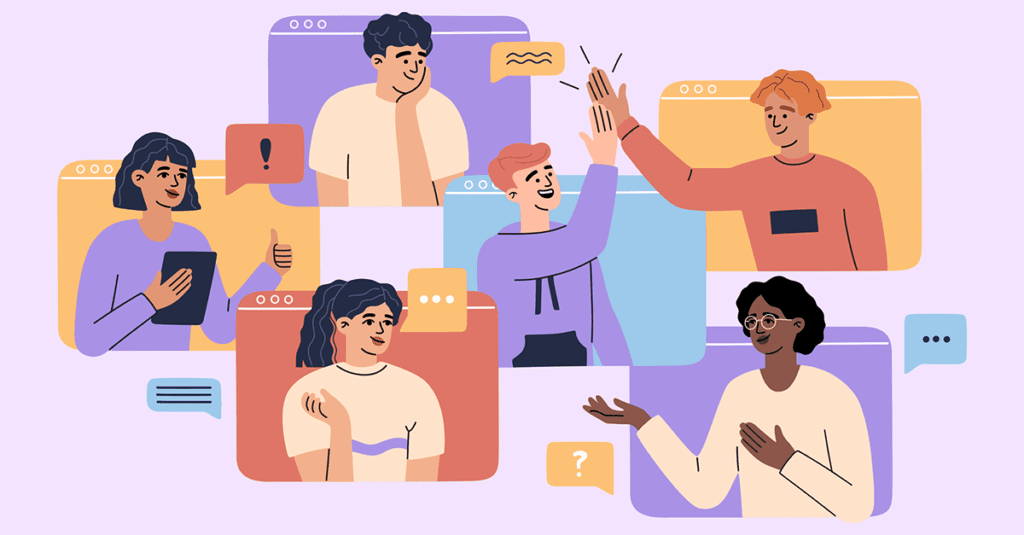Learning Made Simple: People Strategies for the New World of Work

L&D professionals have been at the heart of the transformation in the workplace over the past two years. Going from struggling to get digital learning up and running to frantically pivoting everything online has only been part of it.
At our 2021 Inkling Illuminate Virtual Conference, Josh Bersin, CEO of The Josh Bersin Company, shared his insights in working with hundreds of HR and L&D professionals over the past few decades on what has changed and what he sees as the future of learning.
So, What’s Changed?
One in five employees voluntarily changed employers in 2020, one in four employees indicated that they plan to switch occupations in 2021, and 2.3 million women were pushed out of jobs in 2020, putting female participation in the workforce at the lowest rate since 1998. For L&D professionals, it’s become evident that maintaining a happy and engaged workforce becomes even more challenging.
According to Josh, what companies and CEOS look for as “power skills” has changed. No longer are companies looking for experts in niche areas of technology but they’re wanting skills like empathy, humility, flexibility, and curiosity. These skills are typically gained through experience, mentoring, or even failure. A young, technology-driven workforce is seeking to learn these skills more than ever before.
The traits that companies now define as successful have also changed. Whereas companies once looked for conformity and highlighted a defined career path, now companies are looking for individuality, diversity, and innovation—and career pathways don’t always look straightforward. Employees want to self-direct their careers while at the same time they also want guidance.

Learning and Skills Are Now Key to Growth
HR and L&D professionals look at why people leave the company to find answers to what will make more employees stay. It’s the role itself where people feel held back with an inability to learn and grow.
Combining this information with the fact that companies want more creativity and innovation from employees, hybrid skills are what drive growth: a combination of technical and social skills. And L&D professionals are in the position to have the most impact in this area.
One of the keys Josh suggested is to create a better internal mobility system since it’s often less expensive and more effective to promote from within than to hire an expert from outside the company. He also suggested more learning on the job.
Job readiness is not so much of a factor in terms of hiring but if L&D delivers the right kind of learning experience, employees can learn to reskill themselves. One of the best examples of this is the pandemic. In the early months of the pandemic, a lot of companies came to Josh thinking that the entire economy would collapse and companies go out of business. But people and companies adapted very fast. There were furloughs and temporary layoffs but the economy bounced back.
Learning Unleashed Everywhere, All The Time
Over the past two years, there has been a lot of learning consumption. The actual consumption of online learning is up by fourfold over the past two years. People in the highest online learning consumption group (at more than five hours per week) tend to be the most engaged and happiest at their jobs.
“One in five employees voluntarily changed employers in 2020, one in four employees indicated that they plan to switch occupations in 2021, and 2.3 million women were pushed out of jobs in 2020, putting female participation in the workforce at the lowest rate since 1998.”
Learning in the flow of work continues to show an impact—if the learning experience is a good one for employees. L&D professionals need to combine the strategies of macro and microlearning. When people are novices, they need a more structured learning experience (macro learning) until they become more capable. As employees become experts at the skill, they need a less structured learning experience (microlearning).
A continuous cycle of macro and microlearning keeps employees engaged on the continuum of novice and expert. A critical component of what L&D professionals do in the future will be to build programs that challenge employees enough to keep them engaged without creating anxiety or boredom.
A combination of dynamic, multi-functional, multimedia learning coupled with a capability academy is what Josh sees as the future of learning. Using a tool like Inkling for microlearning in addition to building a capability academy (an L&D company initiative that focuses on a constrained set of capabilities that are strategic to the company) is a powerful strategy to not only deliver a great learning experience but also keep employees and the company ready for inevitable disruptions.
Watch the replay of Josh’s entire Illuminate keynote, People Strategies for a New World, here.
